Why Sportswear Brands lose millions in fulfillment
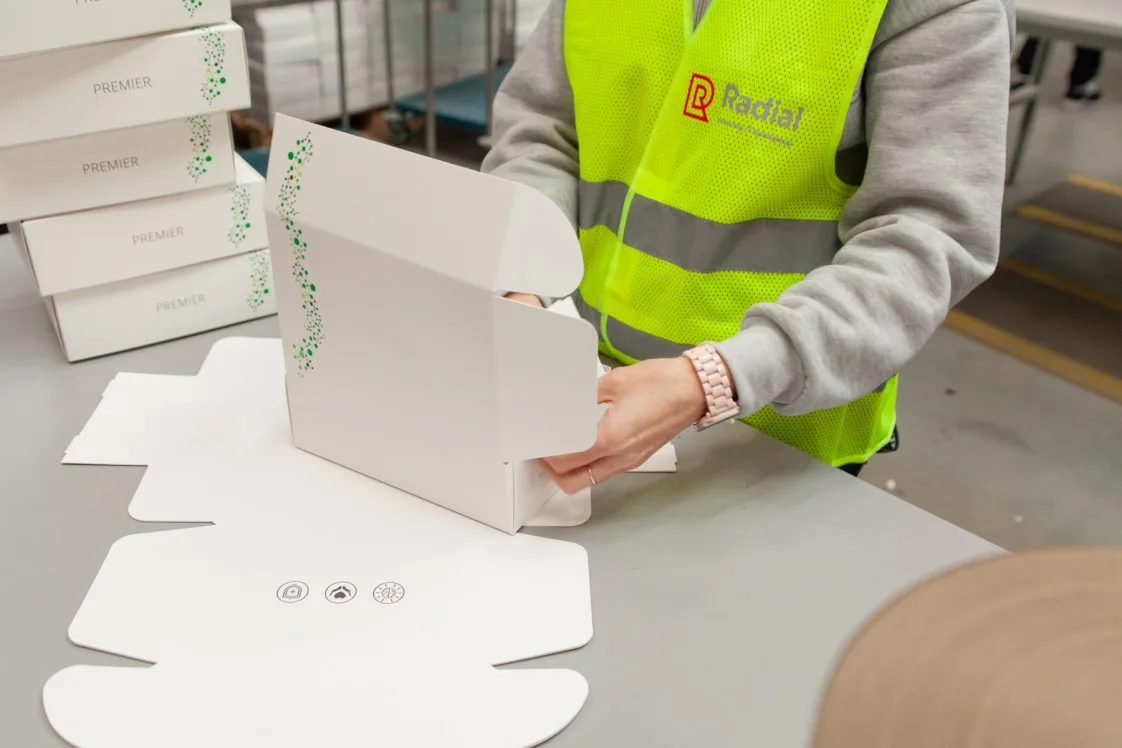
Inefficiencies that hit the bottom line
Sportswear brands’ fulfillment
In the high-stakes world of sportswear e-commerce, the path from “add to cart” to “delivered” is fraught with unique challenges that can drain profits. While the main focus is on designing the next breakthrough performance shoe or launching viral marketing campaigns, behind the scenes, sportswear brands’ fulfillment operations often struggle with inefficiencies that directly impact the bottom line.
The Hidden Fulfillment Crisis in Sportswear
Sportswear brands face a perfect storm of logistics complexities that standard fulfillment solutions weren’t designed to handle:
High SKU Complexity and Inventory Management: Sportswear brands typically offer products in numerous sizes, colors, and styles, leading to many SKUs that are often similar in appearance. This makes inventory management challenging, especially when ensuring the right item, size, and color are shipped to each customer. Seasonal trends and frequent product launches further complicate inventory planning and rotation
Bulky and Diverse Product Shapes: Sportswear and equipment can range from small accessories to bulky items like shoes, helmets, or sports gear. These diverse shapes require specialized storage solutions and careful handling to maintain product integrity and efficient warehouse operations
Seasonal Demand Fluctuations: The sportswear industry is highly seasonal, with spikes around new product drops, sports events, or holidays. Brands must balance stock levels to avoid both overstocking and stockouts, and be able to scale fulfillment capacity rapidly during peak periods
Efficient Returns Management: Returns rates are high in apparel and sportswear due to fit, style, or customer preference. Managing these returns efficiently—processing, restocking, and reselling returned items—requires robust systems and can be resource-intensive

The challenges in sportswear fulfillment can create several costly issues: inventory discrepancies, order errors, delayed shipments, and customer dissatisfaction. For brands operating at scale, these inefficiencies can represent millions in lost revenue annually.
The Hybrid Advantage: Why Mixed-Model Operations Win in Sportswear
The solution to sportswear’s complex fulfillment challenges isn’t found in full automation or purely manual operations—it’s in the strategic balance between the two. This is where Radial’s mixed-model approach creates exceptional value.
The Power of Purposeful Hybridization
Sportswear fulfillment presents a unique paradox: it demands both the precision of automation and the adaptability of human judgment. Radial’s mixed-model operations are specifically designed to leverage the strengths of both:
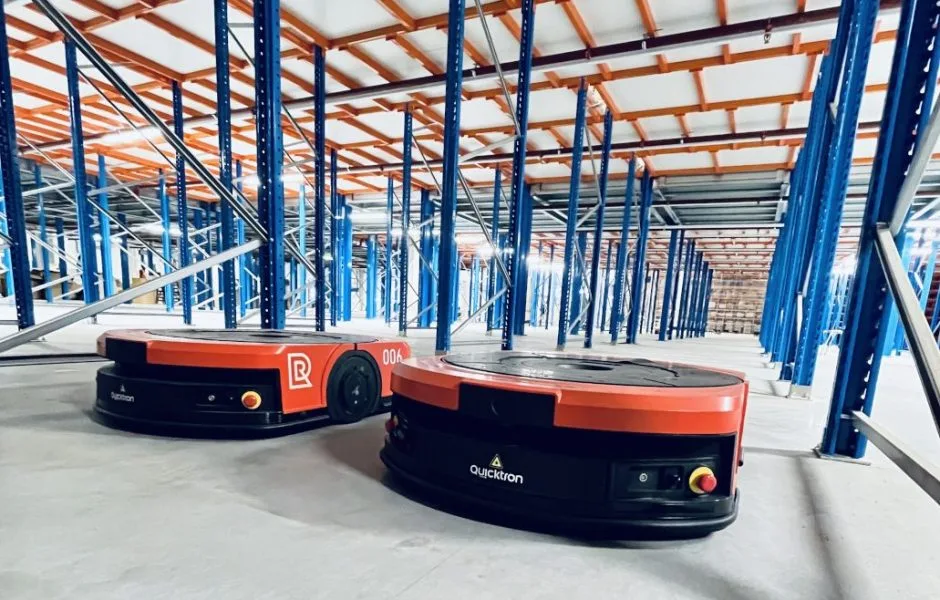
AMR’s in action in Radial fulfillment center in Groningen, Netherlands
Automated Systems Handle:
- High-volume, predictable processes
- Repetitive tasks requiring precision
- Rapid throughput of standard items
- Data capture and inventory tracking
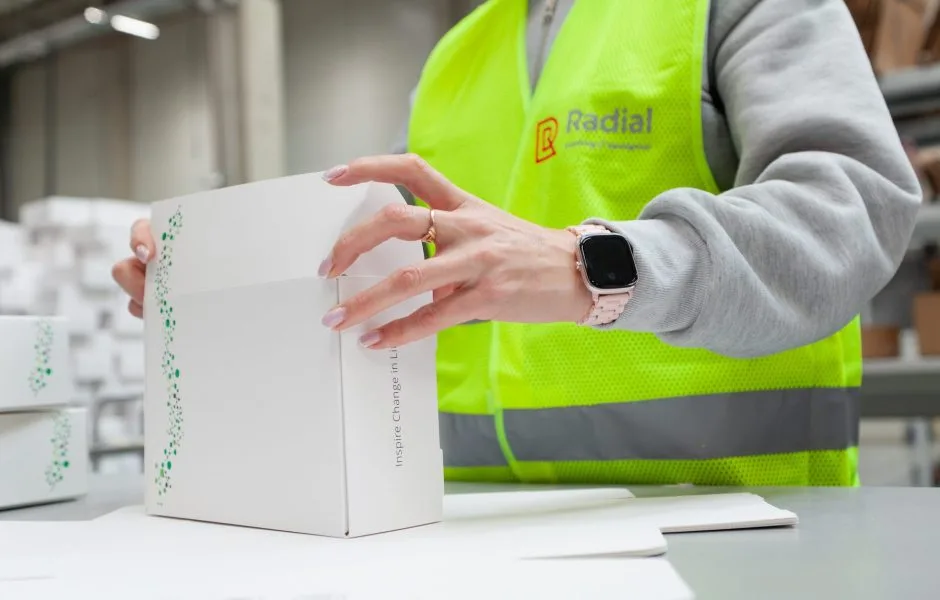
Manual Value Added Services operations in Radial distribution center in Warsaw, Poland
Human Expertise Manages:
- Complex product handling (odd shapes, premium items)
- Quality control and presentation standards
- Problem-solving during seasonal peaks
- Specialized packaging and brand experience elements
This balanced approach delivers what neither full automation nor fully manual operations can: scalable precision with built-in flexibility.
The Athlete’s Mindset: Continuous Improvement at Radial
Just as elite athletes constantly analyze performance data, refine techniques, and push boundaries to achieve new personal bests, Radial embraces a culture of continuous improvement. This philosophy is embedded in our Continuous Improvement Program, which applies the athlete’s mindset to logistics operations.
“In sportswear fulfillment, standing still means falling behind,” notes Dries De Love, Executive VP of Radial Europe. “Our teams operate with the same performance-focused mentality as the athletes who wear our clients’ products—constantly measuring, analyzing, and optimizing to shave seconds off processes and increase accuracy by fractions of percentage points.”
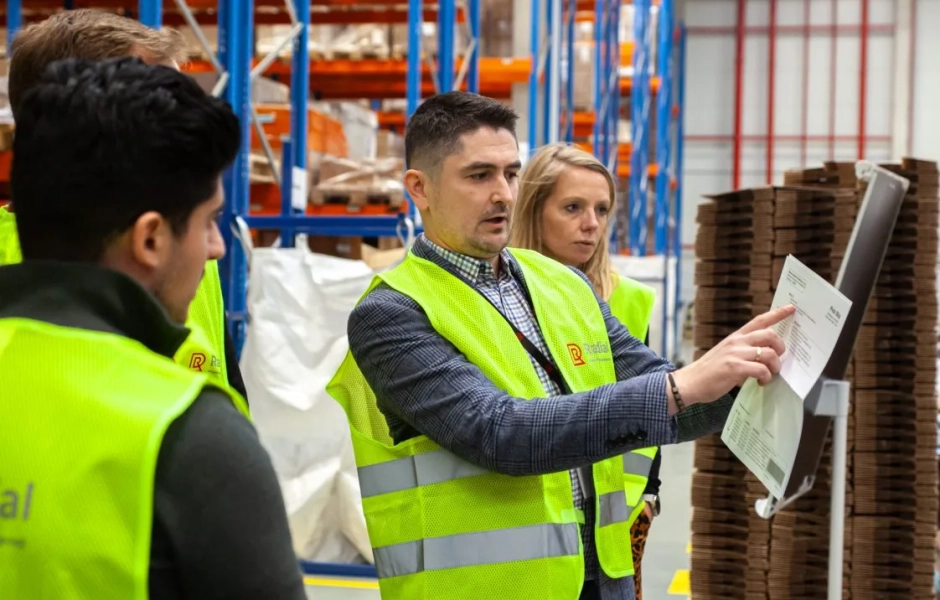
Jacek Mainka explaining the 5S approach to a group of visitors to the Radial fulfillment center in Warsaw, Poland
This program isn’t just about incremental gains—it drives transformational results through:
- Daily performance huddles are modeled after athletic team briefings
- Real-time KPI tracking and visualization throughout facilities
- Quarterly “training camps” where cross-functional teams tackle complex challenges
- Annual innovation challenges where teams compete to develop breakthrough solutions
The results speak for themselves: facilities implementing the Continuous Improvement Program have seen picking efficiency improve by 18%, error rates decrease by 47%, and volume capacity expand by 32%—all without significant capital investments.
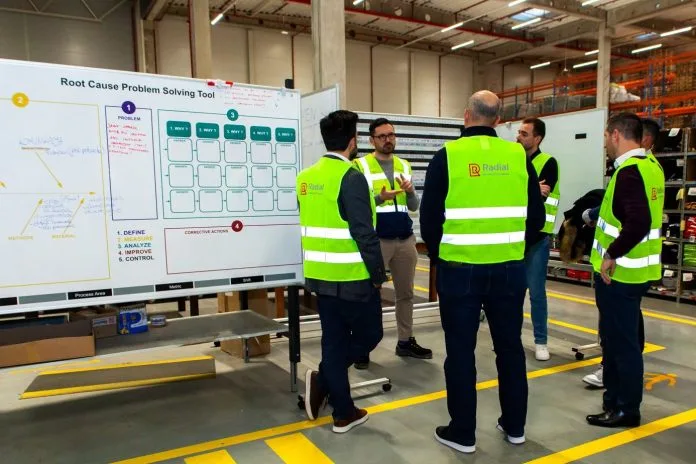
Driving continuous improvement: the 5S
Want to know how a simple yet powerful methodology can transform warehouse operations? In this expert article, Karol Wojciechowski, Operations Manager at Radial Europe, Poland, explores how the 5S methodology has been applied to improve warehouse operations. He discusses the impact of 5S on efficiency, safety, and organization, sharing firsthand examples, and highlighting how it contributes to a better customer experience. A must-read for anyone interested in operational excellence and continuous improvement.
As Dries explains in his interview with Supply Chain Quarterly: “The true competitive advantage in e-commerce fulfillment isn’t having the most expensive technology—it’s creating a culture where everyone from warehouse associates to senior leadership approaches each day with the mindset of ‘How can we be better than yesterday?'”
How Radial’s Mixed-Model Approach Transforms Sportswear Fulfillment
Specialized Expertise: With decades of experience in fashion and sportswear logistics, Radial Europe understands the challenges of sportswear brands’ fulfillment: handling bulky items, diverse product shapes, high SKU turnover, and elevated return rates. Their tailored solutions ensure seamless warehousing, order management, and returns processing—so brands can focus on growth, not logistics headaches
State-of-the-Art Facilities: Radial’s strategic hub in Halle (Saale), near Leipzig, Germany, is designed specifically for sportswear, fashion, and footwear brands. The facility boasts 55,000 m² of space, 200,000 shelf locations, and advanced pick-tower and conveyor systems capable of processing up to 8,000 cartons per hour. Orders placed as late as 19:00 still ship the same day, enabling 24-hour delivery across much of Central Europe
Automation and Scalability: Leveraging cutting-edge automation, including autonomous mobile robots (AMRs), Radial Europe maximizes storage density, shortens turnaround times, and flexibly scales to handle peak periods and product launches. This ensures brands can manage high-volume volatility and constantly changing SKUs with ease
Customer-Centric Approach: Radial Europe’s culture is rooted in innovation, continuous improvement, and a relentless focus on customer satisfaction. Their solutions are designed to deliver reliable, accurate, and speedy service—enhancing the end-customer experience and strengthening brand reputation
What truly differentiates Radial’s approach is not just having both automated systems and skilled personnel, but the seamless orchestration between them. Advanced WMS technology acts as the central nervous system, intelligently routing each task to either automated systems or human teams based on real-time operational conditions.
This dynamic routing capability means:
- Sudden volume spikes can be absorbed without service disruption
- New product launches can be integrated without system overhauls
- Seasonal shifts in product mix don’t require operational redesigns
- Capital expenditure can be optimized for maximum ROI
Case Study: Mixed-Model Excellence in Action
Radial Groningen: AMR-Driven Automation
Radial’s Netherlands facility addressed high SKU volatility and bulky fashion items by implementing Dematic’s autonomous mobile robots (AMRs), achieving:
Storage optimization: Maximized density in a 40,000-bin warehouse handling 20,000+ SKUs with frequent product launches.
Faster picking: Reduced picker travel from 2 km routes to near-instant AMR delivery, slashing turnaround times.
Scalability: Improved handling of peak sales periods and sudden demand spikes for “reawakened” products.
What the case study numbers don’t fully capture is how the mixed-model approach transformed operations. When sudden demand surged for a reissued classic sneaker—a scenario that would have created chaos in a purely manual or rigidly automated system—the Groningen facility seamlessly adapted:
- AMRs handled the surge in standard sizes with perfect accuracy
- Skilled staff managed the limited-edition packaging variants
- Overflow capacity was instantly available without system reconfiguration
- The brand maintained its 24-hour delivery promise despite 300% volume increase
This agility wasn’t accidental—it was the direct result of a purposefully designed mixed-model operation that combined technological precision with human adaptability.
Halle: The Mixed-Model Hub for Sportswear Excellence
Radial’s Halle hub near Leipzig (55,000 m²) is explicitly designed for sportswear brands, featuring:
Late cut-offs: Orders until 19:00 ship same day, enabling 24-hour delivery across Central Europe.
Peak handling: Semi-automated systems process 8,000 cartons/hour, with HACCP-certified quality controls.
The Halle facility represents the pinnacle of Radial’s mixed-model philosophy. Its semi-automated design incorporates:
- Advanced pick-tower systems that eliminate walking time while maintaining human quality checks
- Automated conveyor systems that handle the heavy lifting while staff focus on presentation
- Smart workstations that bring products to people instead of people to products
- Flexible workbenches that can be rapidly reconfigured for specialized handling needs
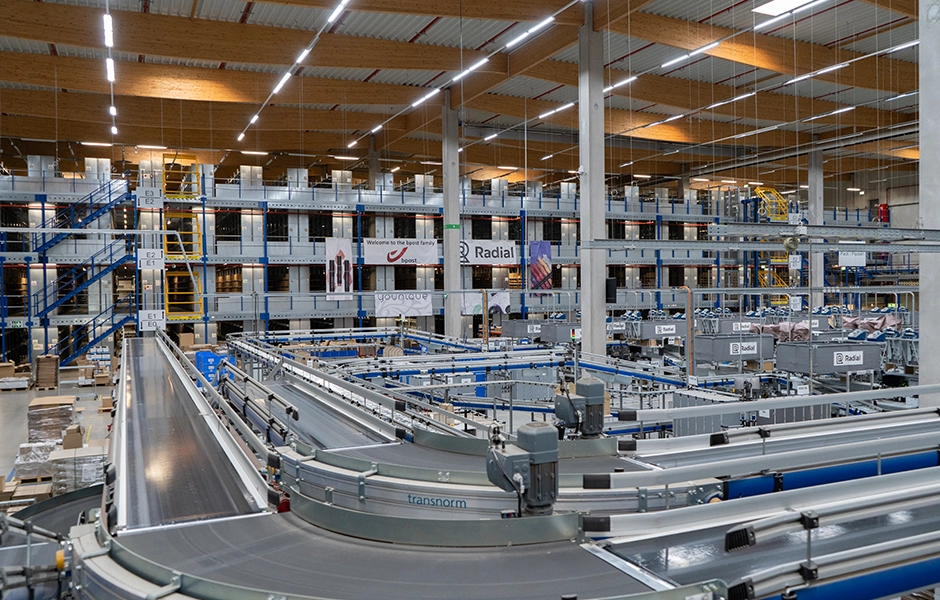
A view of the Radial distribution center in Halle (Saale), Germany
This strategic combination allows sportswear brands to achieve what was previously impossible: industrial-scale efficiency with boutique-level handling care.
As Dries De Love explains in his recent leadership podcast: “What makes Halle special isn’t just the technology or the layout—it’s how we’ve designed human-machine collaboration into every process. Our team members and our systems complement each other’s strengths, creating a fulfillment environment that’s greater than the sum of its parts.”
Beyond Logistics: Building a More Resilient Business
The implications of Radial’s mixed-model approach extend far beyond operational metrics. For sportswear brands’ fulfillment, this approach creates a new kind of competitive resilience:
- Adaptive Scaling: Expand or contract operations in response to market conditions without massive capital investments
- Trend Responsiveness: Launch new product categories without rebuilding fulfillment systems
- Risk Mitigation: Reduce dependency on either all-manual (labor risk) or all-automated (technology risk) operations
- Capital Efficiency: Target automation investments precisely where they deliver maximum ROI
In today’s volatile market, this operational resilience translates directly into business resilience—the ability to navigate changing consumer preferences, supply chain disruptions, and competitive pressures without fulfillment becoming the limiting factor.
Sportswear brands’ fulfillment: is your brand ready to transform fulfillment from an operational challenge to a strategic advantage? Explore how Radial’s mixed-model approach can create the perfect balance of precision, scalability, and adaptability for your unique needs.
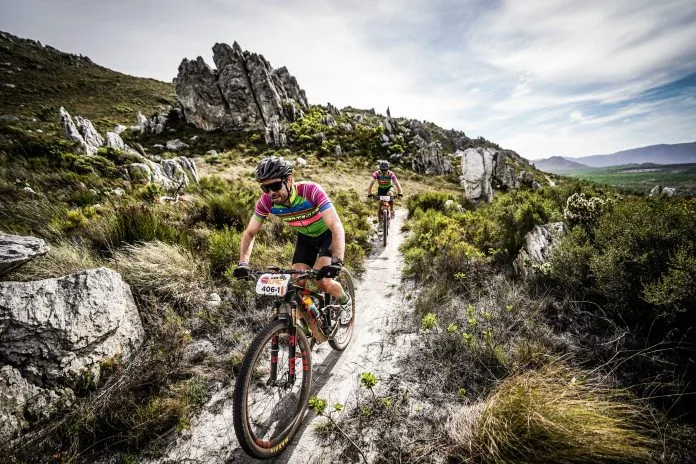
Logistics is the endurance challenge
In our conversation with Dries de Love, the Executive Vice President of Radial Europe, we delved into the fundamental principles guiding Radial’s success. Dries shares insights into how his sporting background influences his leadership approach. He emphasizes the importance of company culture, which empowers people to learn from mistakes, innovate, care for each other, and prioritize customer satisfaction.
